
Church leaders spearhead efforts to protect South Sacramento's African American residents.

Church leaders spearhead efforts to protect South Sacramento's African American residents.

Aducanumab is the first new drug approved to treat Alzheimer’s disease in nearly 20 years. But some in the medical community were stunned by the approval.
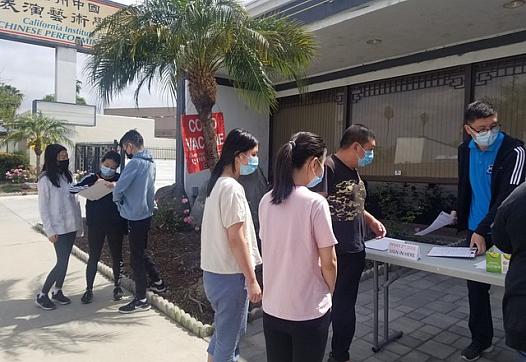
This story was written by SweSwe Aye while participating in the USC Annenberg Center for Health Journalism's 2021 California Fellowship.
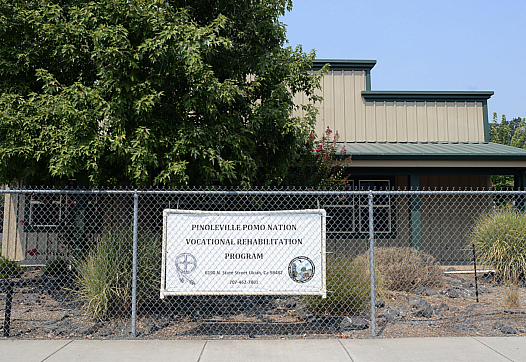
Dana Ullman is reporting on health-related stories for The Mendocino Voice with support from the USC Annenberg Center for Health Journalism. This article was produced as a series for the 2021 Center for Health Journalism California Fellowship.

African American are resilient, but enough is enough, says Observer senior staff writer.
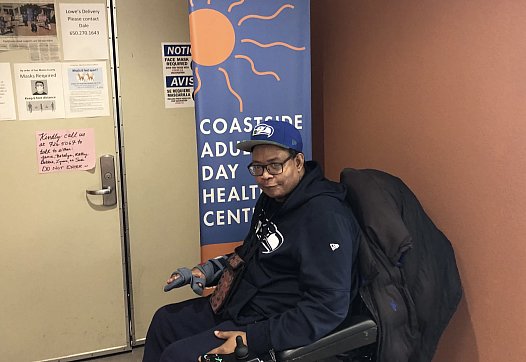
A pilot program with San Mateo County’s public health plan aims to stop the revolving door between the emergency room, nursing home and street.

Dana Ullman is reporting on health-related stories for The Mendocino Voice with support from the USC Annenberg Center for Health Journalism. This article was produced as a series for the 2021 Center for Health Journalism California Fellowship....

We put together this resource guide as part of our series on substance abuse treatment programs in Mendocino County.
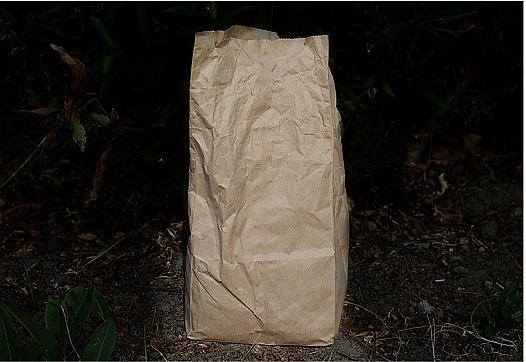
Harm reduction uses a variety of strategies to address the negative consequences of active drug use; those strategies may range from syringe exchange to housing help, from counseling services to drug treatment.
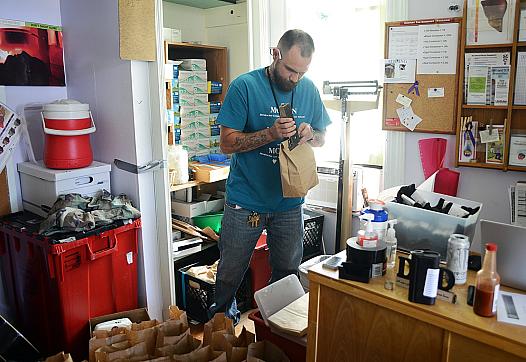
A former drug dealer now offers harm reduction services and a pathway to recovery, if his clients choose.